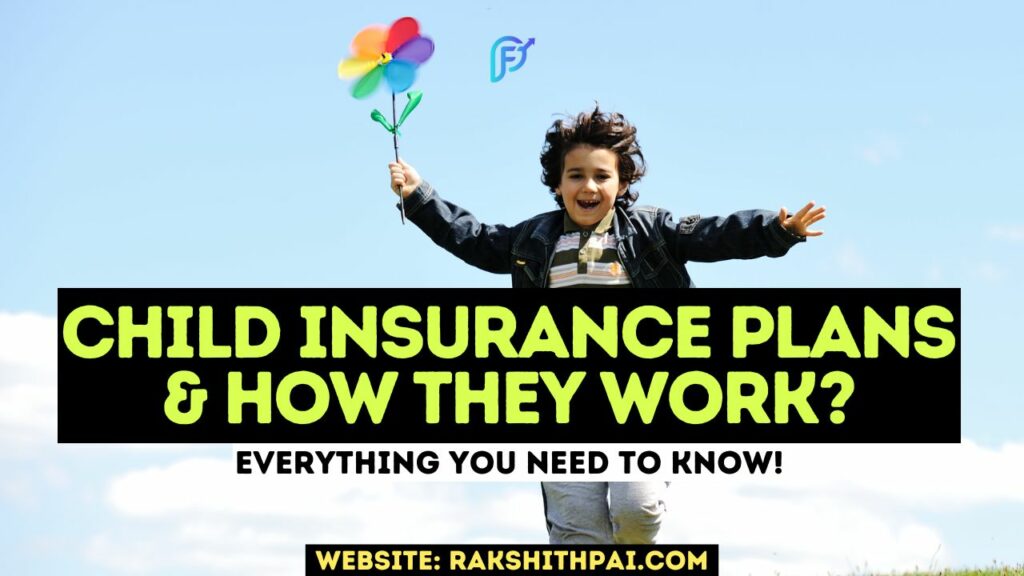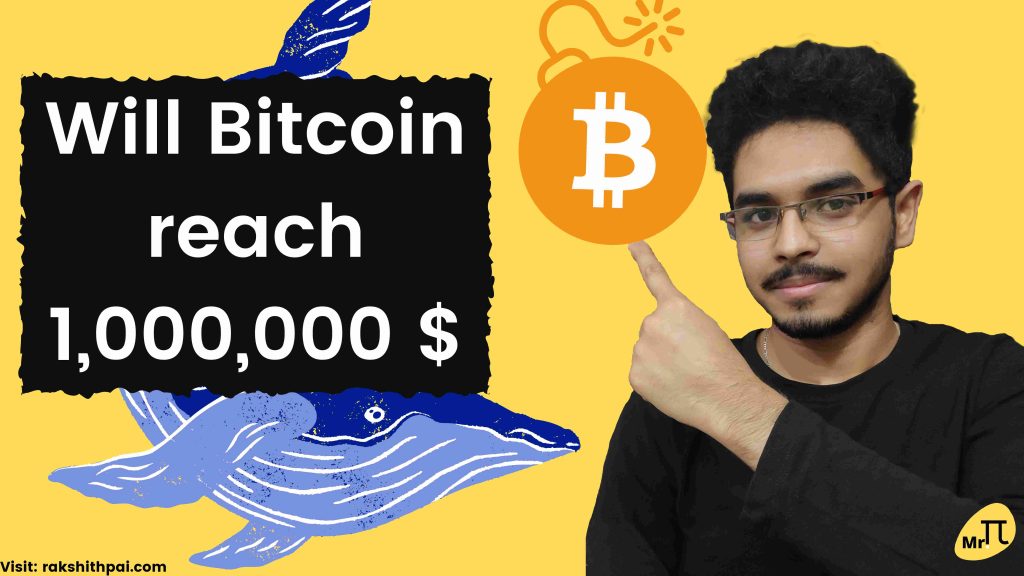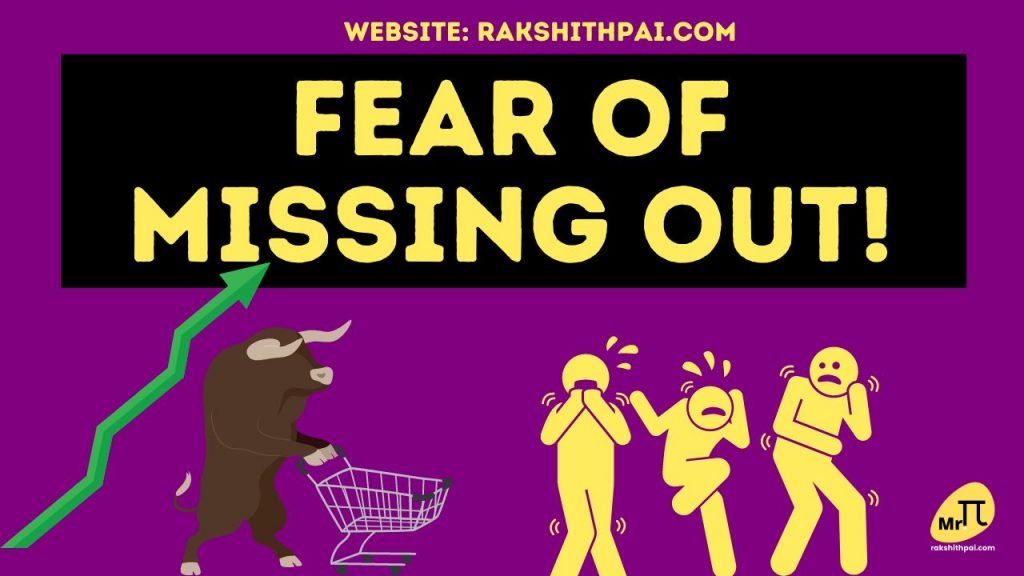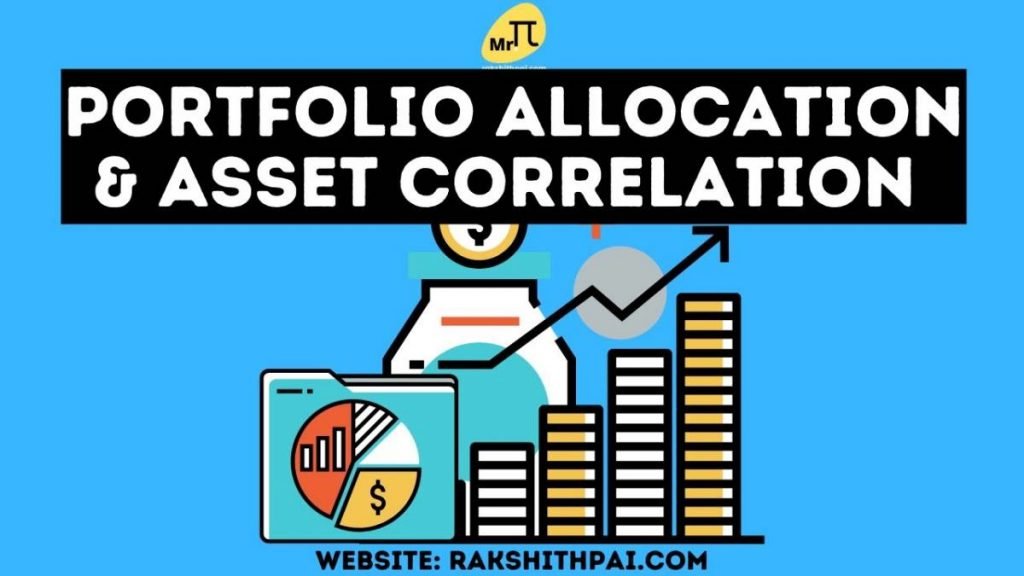Table of Contents
What is a Child Insurance Plan?
The objectives and aspirations of your child can be safeguarded monetarily with the help of a child insurance plan, which is an investment combined insurance plan offered by life insurance firms. You may use the money from a child insurance policy that also helps pay for your kid’s education, wedding, and other expenses.
A life insurance policy might act as a safety net for your child’s future financial security as you work to accumulate the assets necessary to pay for his or her needs in the event of your untimely death. If something should happen to you before the objective is reached, the plan will continue to invest the funds and provide the full maturity amount to your kid.
Therefore, insurance for children is one type of the larger category of financial solutions aimed squarely at parents with young children. These programs combine insurance and investment to safeguard your child’s future finances. The death benefit for these policies is paid in one lump payment when the insurance period ends, as with any other insurance policy.
In most cases, you’ll be able to tailor a child’s insurance policy to his or her unique requirements by adding “riders” to the basic policy.
Significance Of Insurance For Children:
Considering how unpredictable life can be, it’s important to protect our young ones with insurance. Adults are responsible for meeting the basic requirements of children, including providing food and money for school. A youngster should not have to scramble for money to feed themselves and get basic care and education after the loss of a parent. For this reason, every parent should secure their kid’s health insurance.
Child care is required mainly for the following expenses:
- The ever-increasing cost of living
- The high cost of private education and studying abroad
- Future Wedding Expenses
- Health and Insurance Benefits
- Others Miscellaneous Expenses
Everything You Need to Know About Health Insurance:
How Do Child Plans Work?
During the insurance period, the life insurance coverage and future savings options for a kid can be tailored to the specific needs of the family with a child plan. If something occurs to the covered parent, the benefit goes to the kid.
An illustration of the operation of such policies would be helpful. Mr. John gives his kid, age 10, a decade-long child plan (10-year insurance scheme). He decides to invest the money he pays each year in his kid’s future.
When Mr. John dies in an unfortunate accident 8 years after buying the policy, the insurance payout is made in full (lumpsum). The perks of the plan include ongoing payments to his kid when he files a claim. Mr. John’s kid is exempt from the final 2 installments.
After he gets his maturity benefit, he will be able to use any money left over to pay for whatever expenses the kid requires.
So basically, upon the untimely death of the parent or the guardian, the insurance plan stays in place, though there is no additional payment made after the death. And, the child (insured) will get benefits after maturity.
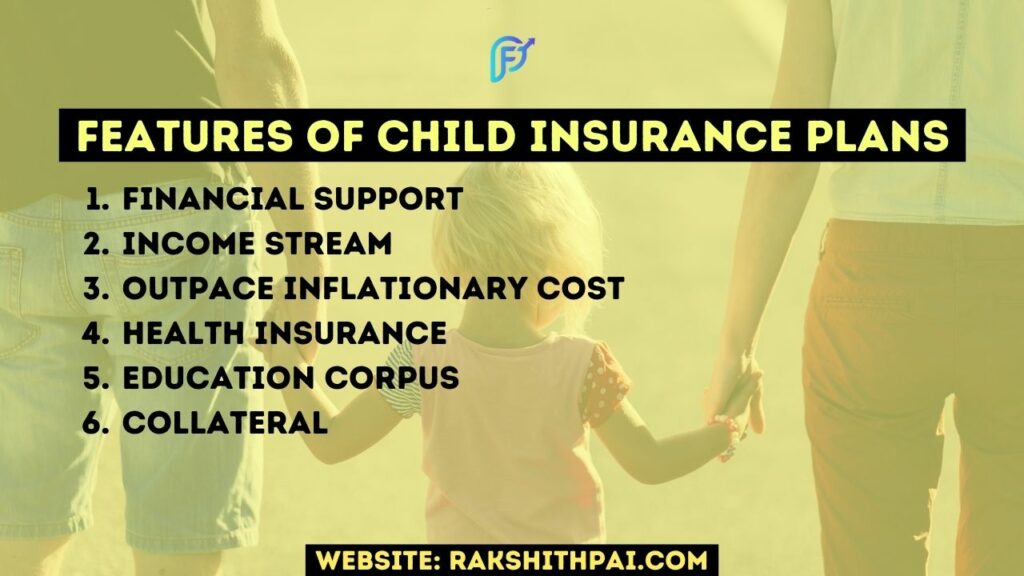
Features of Child Insurance Plans:
The following are typical components of child education plans:
Financial Support
In the event of a parent’s (the insured’s) death during the policy term of a child’s education plan, the insurance company will not collect the premium. When you select the Waiver of Premium (WoP) option, the insurance company will cover the cost of the remaining premiums on your policy so that you can get the full sum guaranteed and pay the premiums to your designated beneficiary without delay.
When the plan comes to an end, the child plan usually gives the child a lump sum payment equal to the policy’s maturity value.
Income Stream
If both parents pass away while the kid is still a minor, certain savings plans offer the youngster an annual income equal to one percent of the sum secured.
Outpace Inflationary Cost
Most market-linked savings programs for kids give returns of over 10% annually because they are invested in risky assets such as Equity. Comparatively, Many government programs, like Sukanya Samriddhi Schemes, provide substantially lower returns than the rate of inflation.
In addition, with a ULIP plan for your child’s education, you may select the sort of fund you want to invest in (money market, hybrid, debt, or equity). You can also pick between a Dynamic Fund Allocation and a Systematic Transfer Plan.
Health Insurance
The best supplementary health insurance coverage. You can access your child’s savings at any time throughout the plan’s term. An insurance coverage investment program is helpful if the child has to spend time in the hospital recovering from an injury or illness.
Education Corpus
Investing in a kid’s future means setting aside money for their future, and a child plan may help you do just that. The plan’s terms and conditions and the total amount of premiums paid into the plan determine the child’s college education.
Collateral
They can be used as collateral for any other loans that a minor needs. The cost of sending a child to college is high, whether one is considering public or private institutions in India or elsewhere. College tuition loans may be secured with the help of a child plan since they can be used as collateral.
Types of Child Plans:
Unit-Based Insurance Programs for Children (ULIPs)
Investing and protecting one’s financial well-being are both possible with a ULIP. The annual premium for your insurance policy is split in half. The life insurance premium takes up a portion of the total, while the balance is invested in other financial instruments. Since stocks are a potential investment option, worries have been raised about how market fluctuations can affect any money you put into them.
Returns on ULIPs are not guaranteed and instead rely on the state of the market. If a parent passes away, their kid would get the sum insured in a single payment. All remaining premiums and the maturity value of the fund will be canceled.
Keep in mind that ULIPs provide access to a wide range of investment options, from high-risk to low-risk. Tax-free exchanges between stock and debt investments are available through ULIP plans.
Best Investment Plans in India for Middle Class 2022
Money-back Child Plans
The money-back-guarantee has proven to be the most popular option. Your child will get a survival benefit from the plan at certain intervals. People who need a lump sum of money at certain times and help planning their next steps in life may benefit a lot from these programs.
When saving for a child’s college education, spending the money back alone might be risky because its returns may fall short of the rate of inflation. As we already know, inflation affects each asset class differently. For instance, there has been a 12% increase in tuition prices. Thus, a money-back plan would leave you underfunded by almost 4 to 8% below the annual inflation rate.
To add insult to injury, rates for money-back policies are quite high.
Endowment Child Plan
Endowment policies are a type of life insurance that, in addition to covering the insured’s life, encourage the policyholder to save regularly over a certain period of time in the hopes of getting a lump sum payment when the policy matures.
The Endowment Policy is a potential tool in the child insurance plan. When this insurance matures, you will get a lump sum payment plus any bonuses earned. There will be more breathing room to save for your kid’s future costs, such as college tuition and living expenses. In contrast with ULIPs, this one provides at least some certainty of payment.
Savings Come Insurance Plan
You can invest in a child’s savings plan, but the profits and losses are disconnected from the stock market. Having these plans in place is a safe and secure choice because of the life insurance, maturity benefits, and tax savings they provide.
Why Do You Need a Child Insurance Plan?
Here we have listed Five reasons why you need to subscribe to a children’s insurance plan;
Safeguards Kids Future
In the unfortunate event of the parent’s untimely demise, before the child completes their education, they will receive a death benefit in the form of a lump sum of money to help ease their financial burdens and maintain their current standard of living.
Insurance Plan
With the Child Plan’s Waiver of Premium rider, the insurance company will keep paying your premiums in the event of your death before the policy expires, guaranteeing that the financial goal you set out to attain is realized even after your passing.
Investment Plan
The Child Plan includes investment options inbuilt. It safeguards your kids’ dreams in case you pass away. The plan can continue paying premiums on your behalf toward the systematic investment with a simple waiver of the premium rider, preserving the original intent of the plan. If you’re a parent who wants to do all in your power to safeguard your child’s future, this is the finest feature you can get!
Investment Plans & How to Attain them?
Financial Plan
Financial security for your child’s future aspirations is the driving force behind most child plans. From the moment they are born, they encourage you to plan ahead and save for the costs associated with major life events like college, a wedding, and a house.
Should you die prior to your kid turning 21, the policy’s death benefit will be paid out to them in the form of a lump sum (the cover amount). When you combine the benefits of investing and insurance, you have a powerful tool for making sure your child’s financial future is safe.
Inflation Hedge
The money you put into a child’s insurance plan will grow tax-free, and you’ll collect payouts at certain times in the future, including college, marriage, and other major life events. Your child’s savings will increase at a rate that corresponds to your risk tolerance and the type of plan you’ve chosen.
Are Child Plans Tax-Free?
It’s common knowledge that having kids’ insurance may help you save money on taxes. Child plans allow you to deduct up to Rs. 1.5 lakh from your taxable income annually. The plans’ maturity and any withdrawals made before then are likewise not taxable.
Under two parts of the Income Tax Act of 1961, both premiums and benefits paid out under a child plan are non-taxable.
You can deduct your premiums under Section 80C (up to INR 1.5 lakhs) and payments to your nominee under Section 10(10D). A person’s life insurance claim, including the sum insured and any bonuses earned, is not subject to income tax. Here’s a great opportunity to reduce your taxable income over the long haul.
Conclusion:
The first step is to make a list of everything you hope to do on behalf of your kids. Take education, as an example; if acquiring it is a priority, you’ll want to give some thought to where and how you’ll get it. If it’s a wedding, decide if you want a lavish party at a five-star hotel or a low-key celebration with close friends and family.
Find out how much money you’d need right now to achieve this objective. You should increase this sum by 6–10% every year until your child truly needs this money. This is the necessary “corpus,” or central location.
Discuss your savings goals with a financial planner once you have an idea of the size of the corpus you’d like to amass. It’s okay if you can’t come up with the full amount right away; just start saving what you can and work your way up.
The moment has come to get a kid’s insurance plan now that you know all these specifics. We investigate your present state of health, your lifestyle choices, and your financial standing, and then we provide you with a policy. You’ll have to pay a certain amount, called a premium, on a regular basis to maintain your policy in effect.
For More Information, Check this Video:
Disclaimer: All the information on this website is published in good faith and for general information purposes only.

